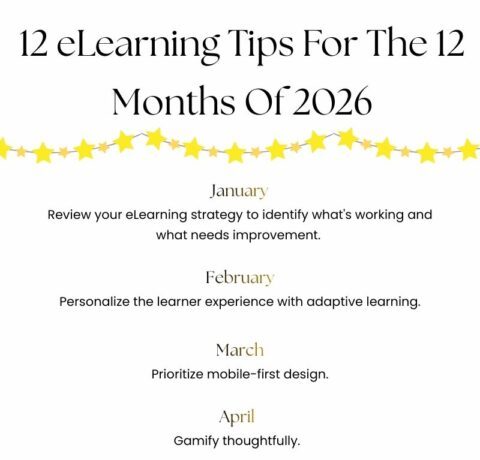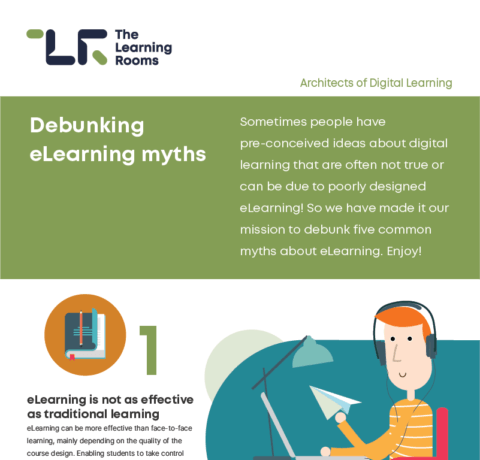Costs Involved in eLearning Projects Infographic
How much does it cost to make eLearning? There’s an answer to this, short and plain, but it’s an answer nobody likes: “It depends”
Factor 1: Resources and Rates
There are many roles that come into play in an eLearning project. To read more about who is involved in the eLearning team click here. Roles often overlap within the eLearning team, but if you, as the client or company, can provide in-house role-players to assist with the eLearning project then you can save on expenses. Using your own internal subject matter experts (SMEs) can mean saving the eLearning company hours of time and resources educating themselves on your field, needs and requirements. Often the SME is actually in a better position to do much of the higher costing front-end analysis of the work themselves.
Factor 2: State of the Source Content
Consider what content you already have. What starting point can you give the eLearning company in developing digitised learning items? Just an outline? PowerPoints? Detailed notes? Do you have audio or video recordings? Or does the eLearning company have to glean information from textbooks? Are the existing tests and assessments with memorandums?
Detailed, well-organised, quality pre-existing source content, with visuals will save you financially. There is a great deal of work that goes into morphing source content into effective story boards, so if you already have content to provide this will help with the process.
Factor 3: Content Elements
This factor links very strongly with the production value that your eLearning project will have. Will it be just text and a few stock images, or does some custom development need to happen? If there are to be videos, what will the quality of the videos be – high-quality video shoots custom scripted or some and stock footage? Do animation and interactions need to be custom programmed or are off the shelf animations fine?
Obviously a more text-based course will cost less and will take less time to create, but to get the teaching and learning point across pictures, video or interaction may be necessary. Remember the point of the eLearning project is to teach your people something. Cutting educational corners to save a bit of cash may hamper the effectiveness of the learning experience. Conversely, rolling out a project with all the bells and whistles may just be overkill and unnecessary to get the learning point across.
Factor 4: Interactivity and Instructional Complexity
Interactions, scenarios and branched storylines are some of the best ways to keep the student involved, motivated and interested in the learning item. Along with Factor 3 and the production level expected in the eLearning project, interactions can lead to instructional complexity which means more planning, more time and more work to make it happen.
Consider how many assessments there ought to be and how involved these assessments should be. All these aspects need to be written into the eLearning.
Factor 5: Process Discipline
There are many steps involved in the production of an eLearning project. Each step backward – moving toward an earlier process or decision – means a more expensive final product. Make decisions and stick to them. The emphasis is on moving forward to control costs.
All in all you as the client have quite a lot of control over these five factors. Weight the choices that you have and make solid decisions about eLearning by having a clear understanding of the educational strategy and the desired role that the eLearning project will have in your organisation.







You can adjust your cookie preferences here.